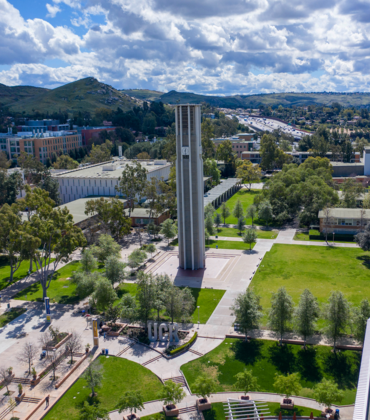
A collaborative study by scientists at the University of California, Riverside, and University of Southern California reports on how a process known as alternative splicing, often described as “editing” the genetic recipe, may help explain why some mammals live far longer than others.
Published in Nature Communications, the study, which compared alternative RNA processing in 26 mammal species with maximum lifespans ranging from 2.2 to 37 years (>16-fold differences), found that changes in how genes are spliced, more than just how active they are, play a key role in determining maximum lifespan.
“We’ve long known that gene expression likely contributes to lifespan controls, but our study shows that how those genes are edited through splicing offers a novel and parallel dimension to this process,” said Sika Zheng, the study’s co-corresponding author and a professor of biomedical sciences in the UCR School of Medicine. “It’s like discovering a hidden layer of genetic control that shapes lifespan in ways we had not appreciated before.”
Alternative splicing is a natural process where a single gene can produce multiple versions of mRNA (and therefore different proteins) by including or skipping certain genetic segments. It increases biological diversity without adding new genes, allowing organisms to adapt and function in more complex ways.
By analyzing six types of tissue, including the brain, across species with a wide range of lifespans, the researchers found that many lifespan-related splicing patterns are shared across species but exhibit levels correlated with species’ maximum lifespan. Interestingly, the brain showed twice as many lifespan-linked splicing events compared to other tissues..
“This likely reflects the brain’s specialized functions and regulatory complexity, with many splicing factors expressed only in neural tissue,” Zheng said. “These findings identify the brain as a key site of lifespan regulation and suggest that longevity depends heavily on neural maintenance and adaptability. Brain-specific splicing may therefore be a promising target for promoting healthy aging and preventing neurodegenerative disease.”
The study also found that lifespan-linked splicing is genetically programmed and tightly controlled by RNA-binding proteins, rather than being a byproduct of aging.
“This suggests that longer-lived species may have evolved molecular programs that optimize splicing for longevity, allowing active modification of lifespan regulation in response to environmental influences,” said Zheng, director of the UCR Center for RNA Biology and Medicine.
The researchers found that when lifespan- and age-linked splicing patterns overlapped, the involved proteins often had flexible regions that help cells cope with stress and damage.
“Our study identifies splicing as a distinct, transcription-independent layer of lifespan control, revealing new molecular targets for promoting resilience and healthy aging,” Zheng said.
For Zheng and his team, the study served as a reminder that the genome is more dynamic and complex than often credited.
“Splicing broadens the way we think about longevity and how we might influence it,” Zheng said.
Zheng was joined in the study by Liang Chen, a professor of quantitative and computational biology at the University of Southern California and co-corresponding author of the study, as well as researchers in their labs.
The research was funded by the National Institutes of Health.
The title of the paper is “The Implications of Alternative Splicing Regulation for Maximum Lifespan.”
Header image credit: anankkml/iStock/Getty Images Plus.





